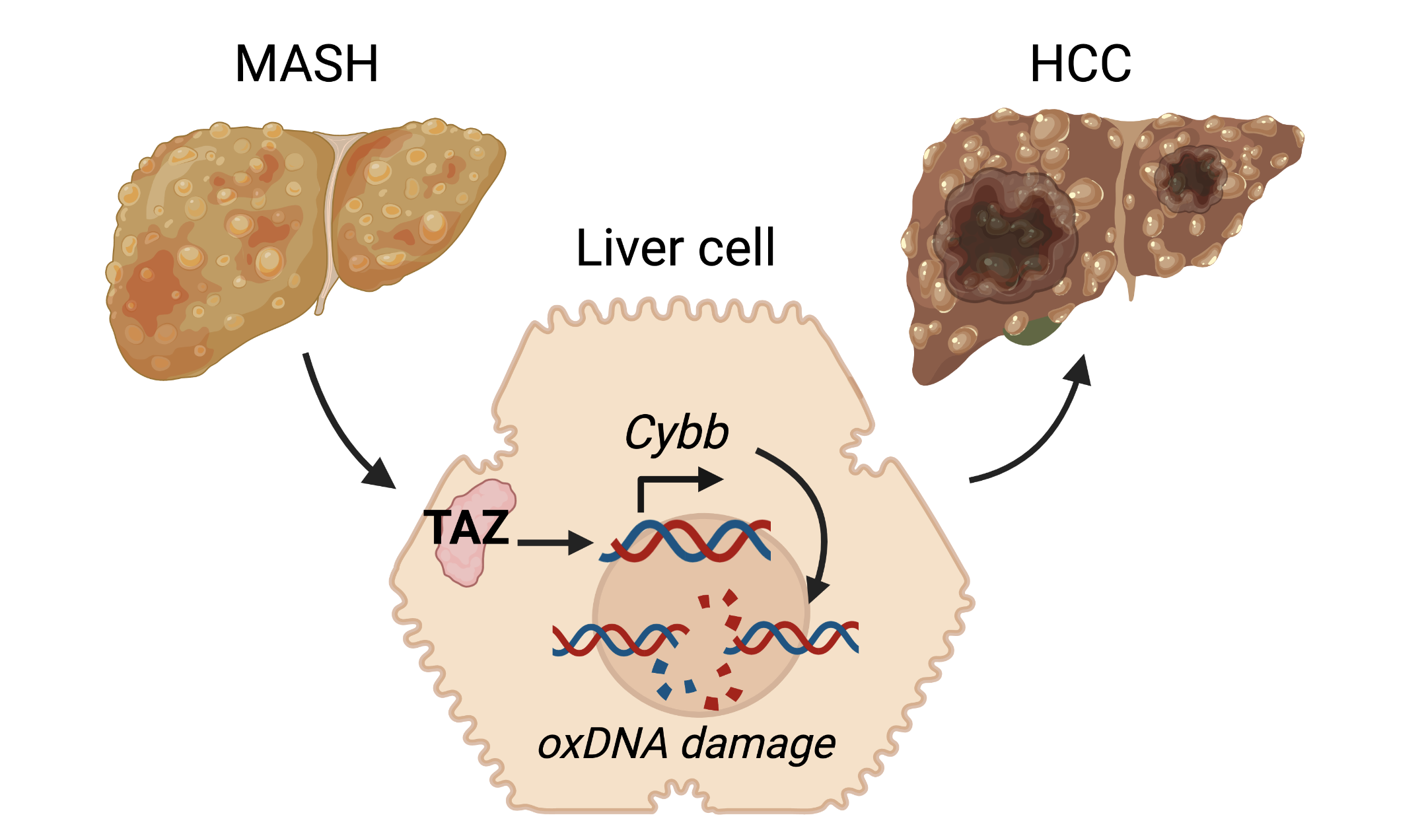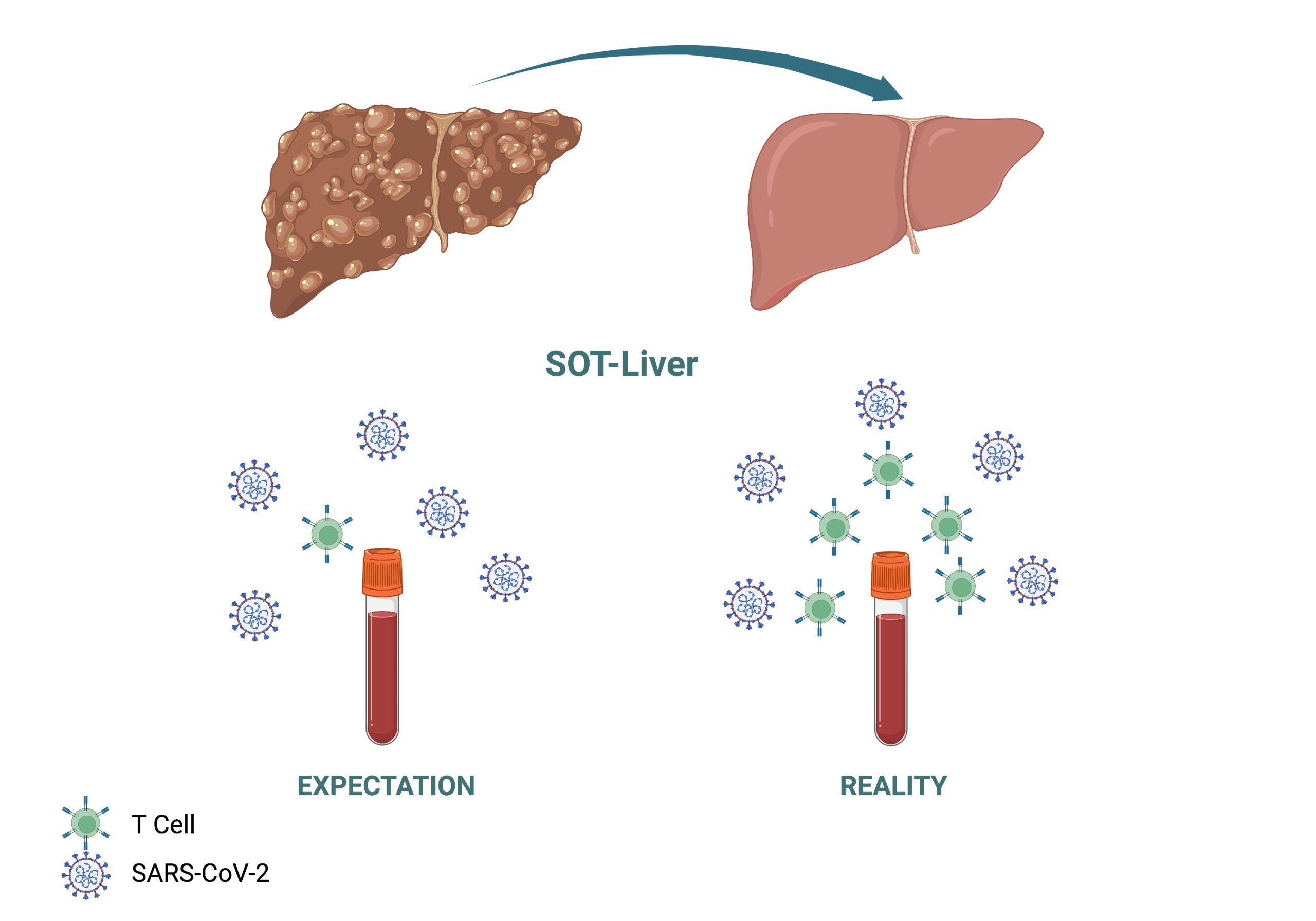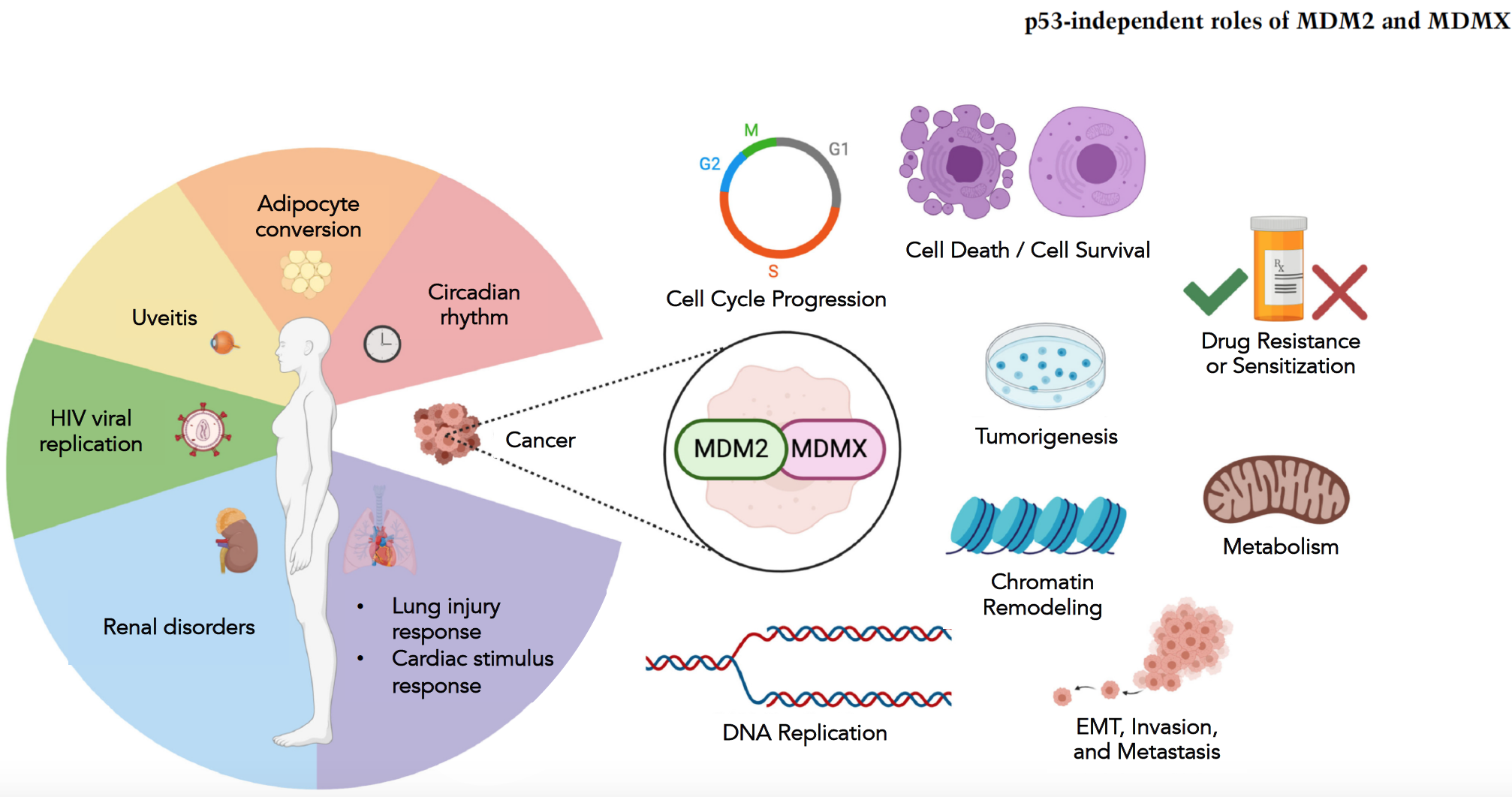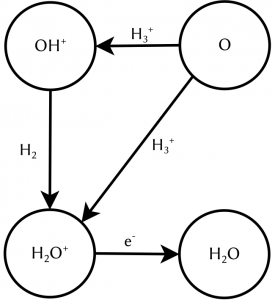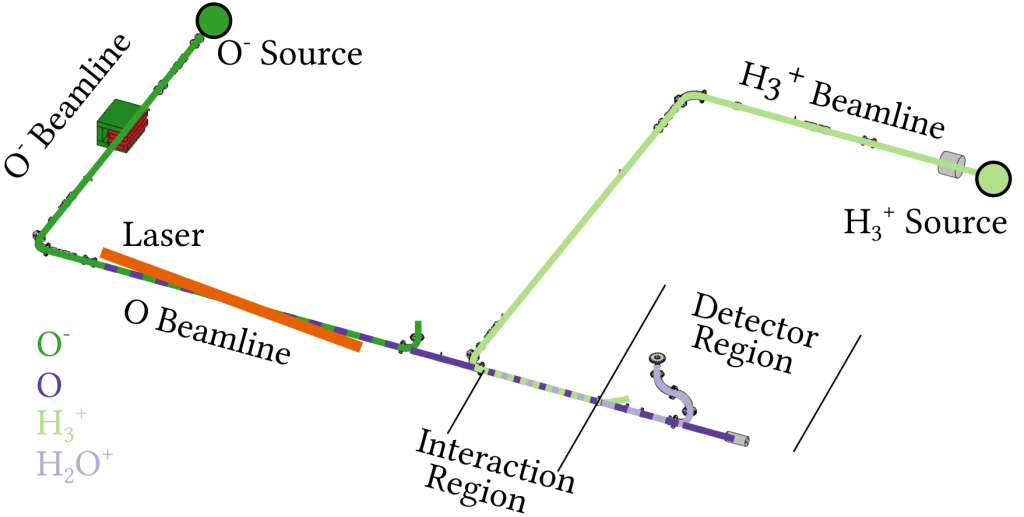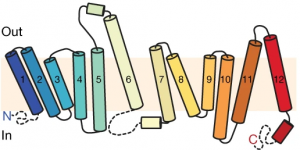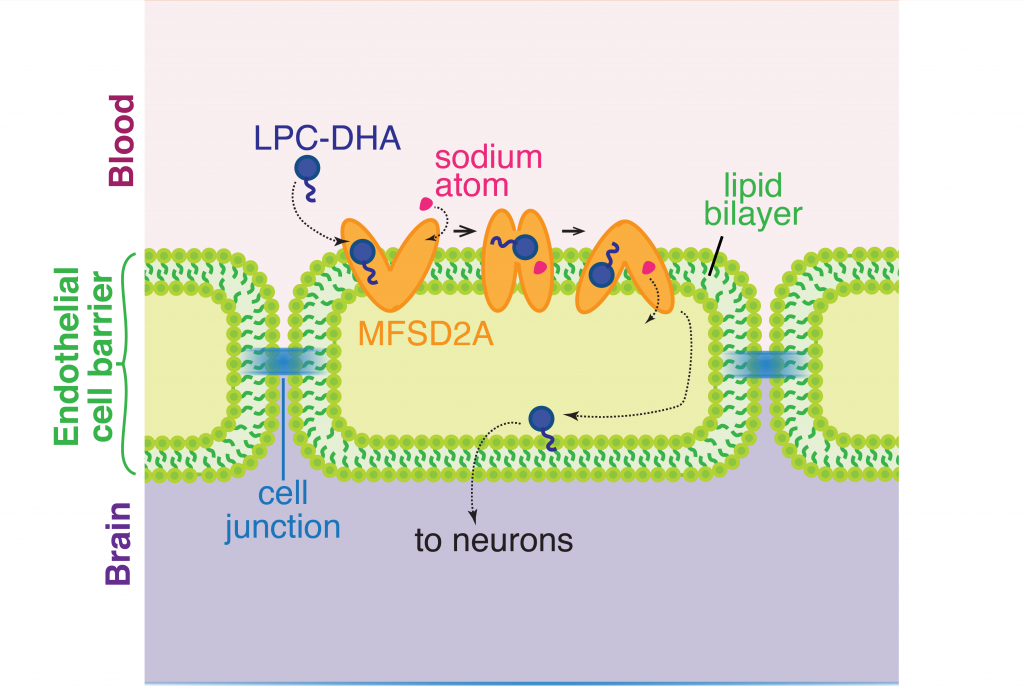Cocaine is a highly addictive stimulant drug made from the leaves of the coca plant that alters mood, perception, and consciousness. It is consumed by smoking, injecting or snorting. According to the United Nations Office on Drugs and Crime, an estimated 20 million people have used cocaine in 2019, almost 2 million more than the previous year. Cocaine causes an increase in the accumulation of dopamine in the brain, which is a chemical messenger that plays an important role in how we feel pleasure and encourages us to repeat pleasurable activities. This dopamine rush causes people to continue using the drug despite the cognitive, behavioral and physical problems it causes,leading to a condition referred to as cocaine use disorder (CUD). CUD related physical and mental health issues range from cardiovascular diseases like heart attack, stroke, hypertension, and atherosclerosis, to psychiatric disorders and sexually transmitted infections.
According to the CDC, cocaine use was responsible for 1 in 5 overdose deaths. Though almost all users who seek treatment for CUD are given psychosocial interventions like counseling, most continue to use cocaine. Pharmaceutical medication may increase the effectiveness of psychosocial interventions. Medications for other substance abuse disorders (opiod and alcohol) have shown to block euphoric effects, alleviate cravings and stabilize brain chemistry. However, there are currently no FDA approved drugs to treat CUD.
Dr. Laura Brandt and colleagues have systematically reviewed available research up until 2020 in the area of pharmacological CUD treatment. In this review, they discuss the potential benefits and shortcomings of current pharmacological approaches for CUD treatment and highlight plausible avenues and critical considerations for future study. The authors reviewed clinical trials where the primary disorder is cocaine use and medication tested falls into four categories: dopamine agonists, dopamine antagonists/blockers, new mechanisms that are being tested and a combination of medications.
Dopamine agonists are medications that have a similar mechanism of action as cocaine, i.e., they can act as substitutes for cocaine without the potential adverse health effects. Dopamine releasers and uptake inhibitors fall under this category and have shown the most promising signs thus far for reduced cocaine self-administration in cocaine-dependent participants. Dopamine uptake inhibitors bind to the dopamine transporter and prevents dopamine reuptake from the extracellular space into the brain cell. The medications that act as substitutes result in the users exhibiting blunted dopamine effects such as low levels of dopamine release and reduced availability of dopamine receptors for dopamine to bind to. They help reduce dopamine hypoactivity by slow release of dopamine which in turn helps reduce responses such as cravings for cocaine and withdrawal symptoms which is usually a cause for relapse. A common concern associated with using dopamine agonists is the possibility of replacing cocaine addiction with the medication. However, there is no strong evidence for this secondary abuse as well as for the cardiovascular risk when using the agonist as a means of treatment.
Dopamine antagonists/blockers are substances that bind to dopamine receptors, preventing the binding of dopamine and thereby blocking the euphoric effects of cocaine. This approach facilitates the decrease in cocaine use as the effects of cocaine use are absent. Antipsychotics medications, anti-cocaine vaccines, modulators of the reward system, and noradrenergic agents fall under this category. This approach is generally considered to be less effective in treatment for CUD as they require high levels of motivation to start the treatment as well as to maintain it.
New medications are those that are currently in clinical trials and are being tested in humans for the treatment of CUD. Combination pharmacotheraphy is an interesting approach for treatment and involves combining two medications to treat CUD. An absence of FDA approved medications limits exploration in this direction.
Having reviewed these data and their shortcomings, the authors point out a very important factor in these studies – the shortcomings of the studies depend on more than just the medication. On one hand, limitations due to medical procedures such as the dosage of medication and its formulation, completion of the medication course, providing/not providing incentives to participants of the study may have hindered the success of these studies. On the other , individuals seeking treatment are not all the same. They differ in terms of cocaine use severity, presence of mental health illness, substance use disorders apart from cocaine use, and their genetics may also play a role in the success of their treatment. Pharmacotherapy formulations for CUD is not a one size fits all but needs to be tailored to the individual seeking treatment as well as the substance used. A combination approach targeting withdrawal of the drug and allowing patients to benefit more from behavioral/psychosocial interventions would be more helpful on their path to recovery. Another very important point that requires some attention is the method for determination if the medication has worked. Most studies use the gold standard of performing qualitative urine screens to determine sustained abstinence in clinical trials of pharmacotherapies for CUD. Urine toxicology as evidence of treatment success is not a clear-cut method as various factors impact interpretation of the results. Second the medication is considered to successfully treat CUD only when there is complete abstinence from cocaine use. As many physical and psychological issues accompany substance abuse, considering CUD treatment to be linear is not very beneficial. Considering other aspects such as improvement in quality of life and ability to carry out daily activities would be a better indicator of the effectiveness of the medications used.
With an increase in cocaine use and abuse in recent years, there is an urgent need to identify medications to treat CUD. The review consolidates the current approaches to treating CUD with medication and points out factors that are overlooked while interpreting the results from these studies. Tailoring medications to each individual would greatly improve clinical trial outcomes and have higher success rates for treating substance use disorders- a promising avenue that needs to be explored.
Dr. Laura Brandt is a Postdoctoral Research Fellow in the Division on Substance Use Disorders, New York State Psychiatric Institute and Department of Psychiatry Columbia University Irving Medical Center.
Reviewed by: Trang Nguyen, Maaike Schilperoort, Sam Rossano, Pei-Yin Shih

